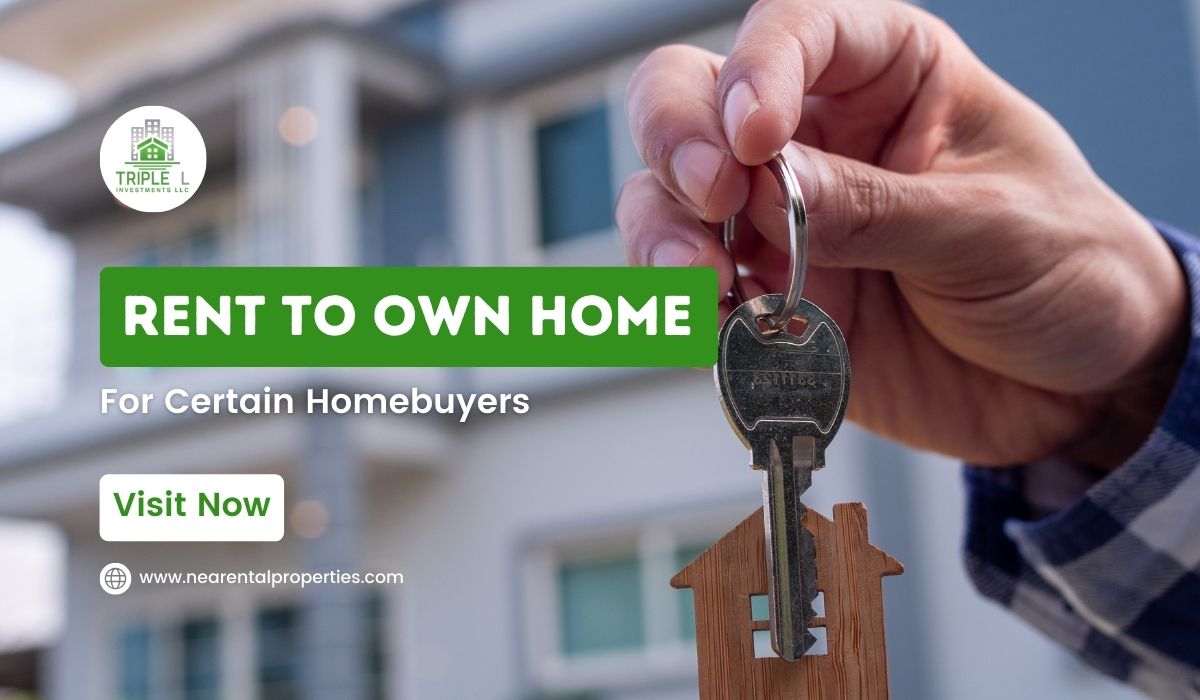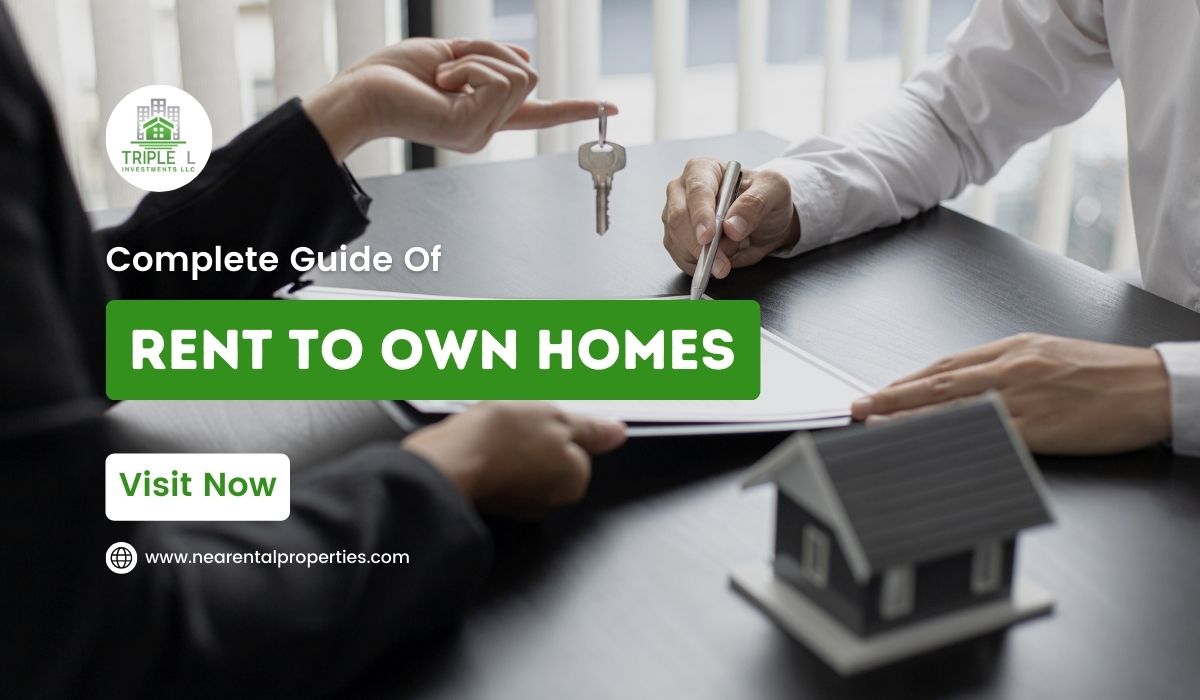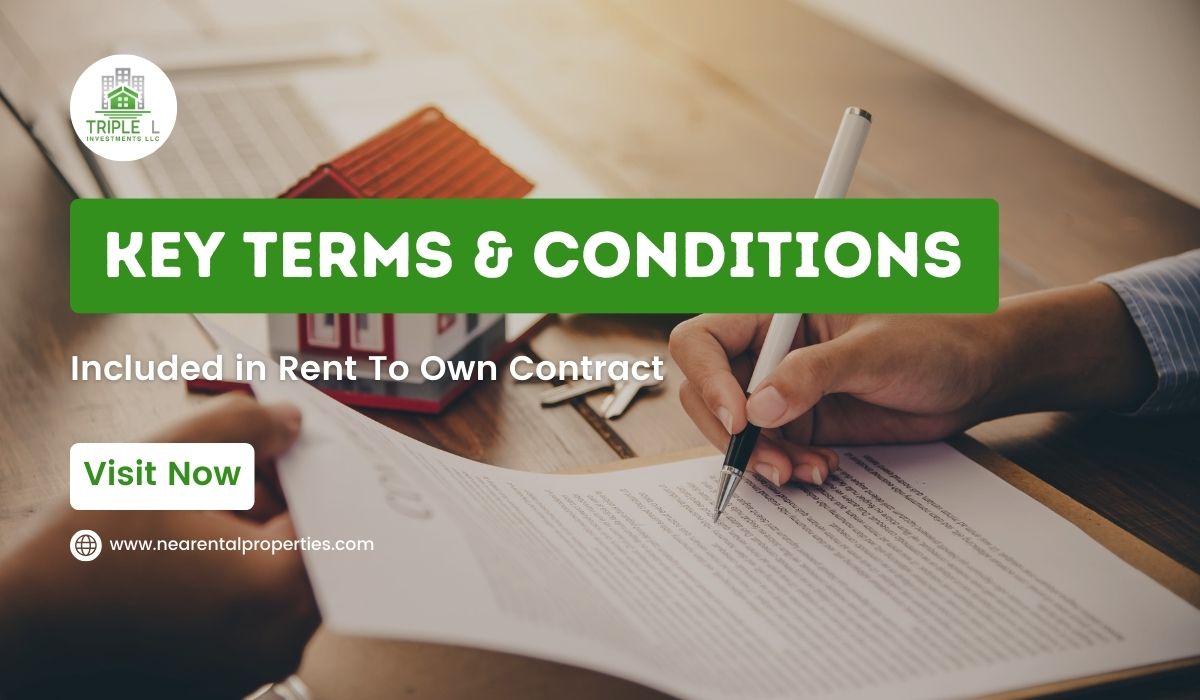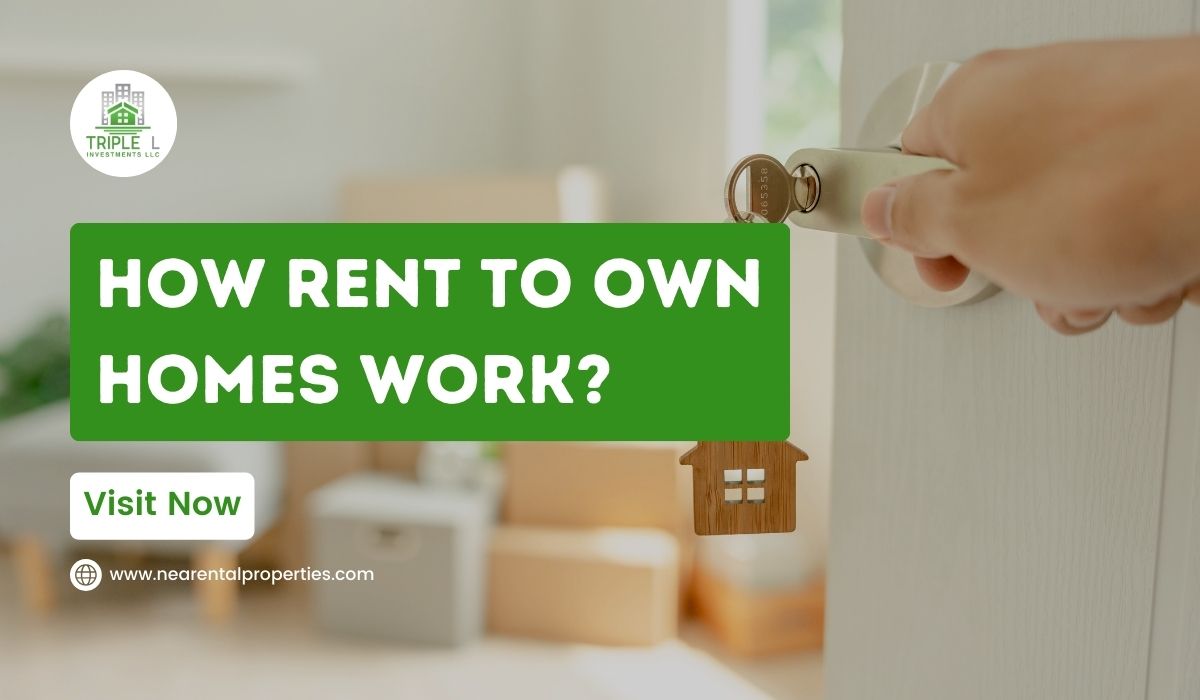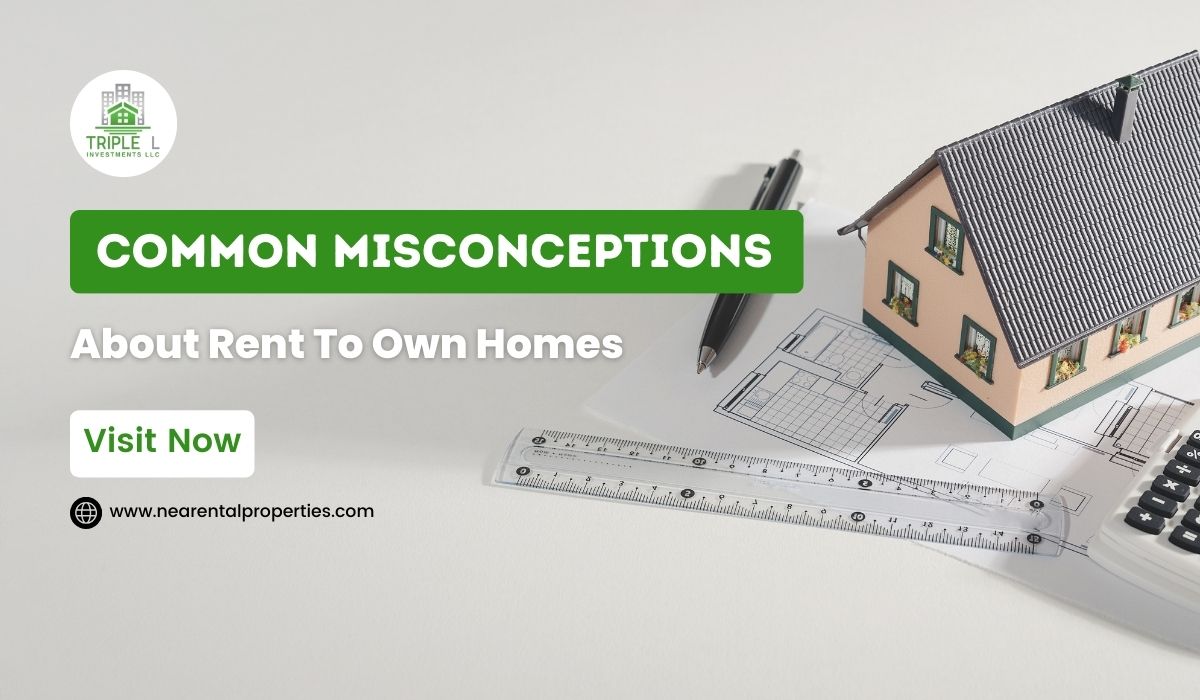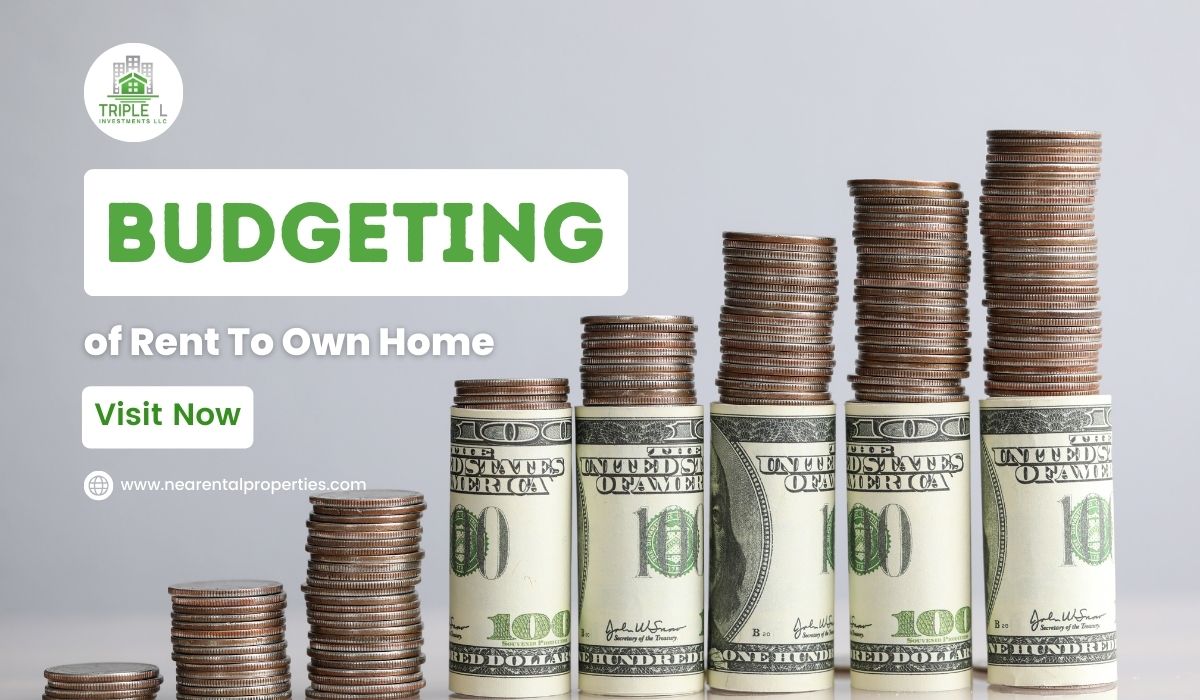The changing real estate environment depends on how home upgrades affect as-is property value. A home’s condition and attributes determine its market value, and judicious improvements can boost its value.
Homeowners often debate whether to renovate and update to improve their living space and maximize their return on investment.
This guide examines how home upgrades might increase market appeal and financial gains in the competitive real estate market. Homeowners who want to make informed judgments about upkeep and resale value must understand this connection.
Impact Of Home Improvements on As-Is Property Value
Selling As-Is:
Any seller of a property in its current condition must understand as-is sales. Selling a home “as is” means the seller has made no major repairs or modifications. This varies from regular home sales, where sellers fix and improve the property for the market.
As-is sales disclose all known faults and market the property in its current state. This method can speed up the selling process, but it’s important to understand the legal ramifications of publicizing the property’s condition to buyers. As-is sales allow sellers to acknowledge the property’s condition while negotiating market forces.
Importance of Curb Appeal:
Curb appeal is of the utmost importance in real estate. Simple exterior improvements like planting and maintenance can greatly impact a property’s first impression. A well-maintained and attractive exterior attracts potential buyers, making the viewing experience pleasurable.
This first impression affects prospective buyers’ emotions and property value. In the competitive real estate market, curb appeal, the home’s visual ambassador, can attract serious purchasers and boost its overall appeal.
Fixes vs. Upgrades:
To maximize value when selling an as-is property, distinguish between necessary repairs and cosmetic additions. Fixing a leaky roof or foundation is essential repairs. To reassure buyers of the property’s fundamentals, these repairs are crucial. Cosmetic renovations, such as new paint, fixtures, or flooring, improve the property’s appearance.
Although cosmetic enhancements might improve appearance, understanding these two groups’ differences is crucial. The perfect mix of required repairs and cosmetic additions provides a well-maintained house and boosts value in the competitive as-is real estate market.
Kitchen and Bathroom Updates:
Updating kitchens and bathrooms affects buyer perception and house value in real estate. Modernizing these crucial locations has great promise. Renovated kitchens and bathrooms improve practicality, aesthetics, and living experience; buyers prioritize them. These upgrades, from modern fixtures to energy-efficient appliances, meet practical needs and add style.
This attention to detail might attract potential buyers and boost the property’s value in a competitive market. Strategically renovating kitchens and bathrooms increases a property’s market value and appeal.
Improved Energy Efficiency:
Learn about the many benefits of energy-efficient home renovations, including insulation and windows. These improvements make life more sustainable and can save money over time. Better insulation controls temperature, reducing heating and cooling needs and energy expenses. Upgraded thermally efficient windows make the inside more comfortable and save energy.
Beyond the environmental benefits, energy-efficient features can boost your property’s value by appealing to eco-conscious buyers and demonstrating a dedication to sustainable living. Make energy-efficient home upgrades to save money, help the environment, and raise property value.
As-Is and Structural Enhancements:
In as-is property sales, structural upgrades greatly affect perceived value. Reinforcing the foundation or replacing the roof gives purchasers confidence and longevity. These improvements go beyond aesthetics to address structural factors that ensure the property’s survival. Sellers can boost property value and buyer confidence by upgrading the structure.
A reinforced foundation and well-maintained roof strengthen the home and make it more appealing to discerning buyers as an investment, affecting the success of the as-is property sale.
Finished Floors and Interiors:
Upgraded flooring and interior finishes make an as-is property more appealing. Modern, well-appointed homes attract purchasers; quality flooring and finishes make a big difference.
Upgrades like hardwood floors, modern tiling, and high-quality interior finishes can make a place more desirable to discerning buyers. Regardless of the property’s condition, upgraded flooring and finishes improve its appearance and value. Such renovations can set the property apart in style and substance in the competitive real estate market.
Impact of Smart Homes:
Smart home technology is crucial to the value of as-is properties in today’s real estate market. Smart home technologies like controlled thermostats, security systems, and lighting controls offer convenience and meet tech-savvy homeowners’ changing tastes. Integrating these technologies into an as-is home shows a dedication to modern living, which may boost its appeal and marketability.
Smart home technology is becoming important for property value as buyers prioritize efficiency and connectivity. It is a strategic consideration for sellers trying to optimize their as-is homes for a competitive market.
Buyer’s Perspective:
House upgrades affect market perception and buyer appeal, determining property value in as-is sales. Strategic upgrades can make the property more enticing to buyers despite its as-is status.
Sellers can boost property value by matching upgrades to market trends and buyer preferences. Strategic improvements are crucial for maximizing buyer appeal and addressing structural or aesthetic issues, as the buyer’s emotional connection and the market’s reception determine an as-is property’s value.
Conclusion:
In conclusion, the effects of house renovations on as-is property value are complex and dynamic in the real estate market. Renovations and upgrades can boost a property’s value, but they must be done carefully. To account for local real estate market conditions, homeowners must compare improvement expenditures against property value gains. Market changes, economic conditions, and buyer preferences may affect home upgrades. A well-planned and strategic approach to house upgrades can boost property value, therefore homeowners must be foresighted and knowledgeable of the real estate market.
Frequently Asked Questions
Yes, strategic improvements to a home can positively influence its perceived value.
Increasing the perceived value of an as-is property is possible by improving curb appeal.
Adding modern touches to a home’s kitchen or bathroom can enhance its perceived value to buyers.
Adding energy-efficient features to an existing property can increase its value and save money in the long run.
Improvements such as strengthened foundations or new roofs can positively affect buyer confidence.
Updated flooring and interior finishes positively influence the property’s aesthetics and desirability.
Integrating smart home technology into an existing property can enhance buyer appeal and perceived value.
The perception of the market and buyer appeal play a significant role in determining how much an as-is property is worth and how much it could be improved.


